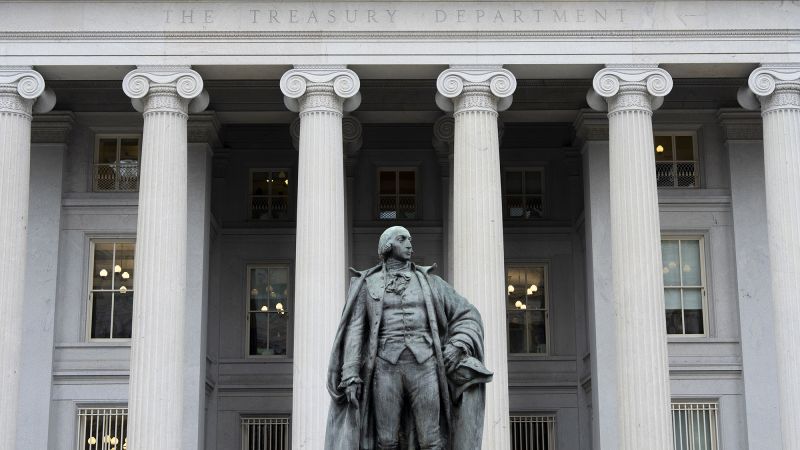
President Donald Trump’s flagship tax and spending legislation is delivering short-term benefits for Wall Street, offering immediate clarity and support for market performance. However, investors and economists are increasingly expressing concerns about its long-term implications for the health of the U.S. economy.
The 2017 Tax Cuts and Jobs Act, a cornerstone of Trump’s economic agenda, slashed corporate tax rates and increased government spending in an effort to stimulate growth. Initially, these measures were met with positive reactions from financial markets, as businesses reported higher earnings and consumer spending remained strong.
However, experts warn that the legislation has also contributed to a significant increase in the federal deficit, raising questions about fiscal sustainability. The Congressional Budget Office (CBO) projects that the U.S. deficit will surpass $1 trillion in the coming years, largely due to reduced revenue from tax cuts without corresponding reductions in government spending.
Investors fear that rising budget deficits and the associated increase in national debt could eventually lead to higher interest rates, inflationary pressures, and diminished flexibility for future fiscal policy. Moreover, the temporary boost provided by the tax cuts may wear off, potentially leaving the economy vulnerable to future downturns without sufficient policy tools to stabilize growth.
“The markets have welcomed the boost in corporate profits, but there is unease about where this leads us long term,” said one financial analyst. “Without structural reforms to reduce spending or increase revenues, the current path is difficult to sustain.”
As the 2024 election cycle looms, discussions about the effectiveness and consequences of Trump’s tax and spending policies are likely to become a key point of debate among policymakers and voters alike. The challenge will be balancing the desire for continued economic stimulation with the need for long-term fiscal responsibility.
Source: https:// – Courtesy of the original publisher.








